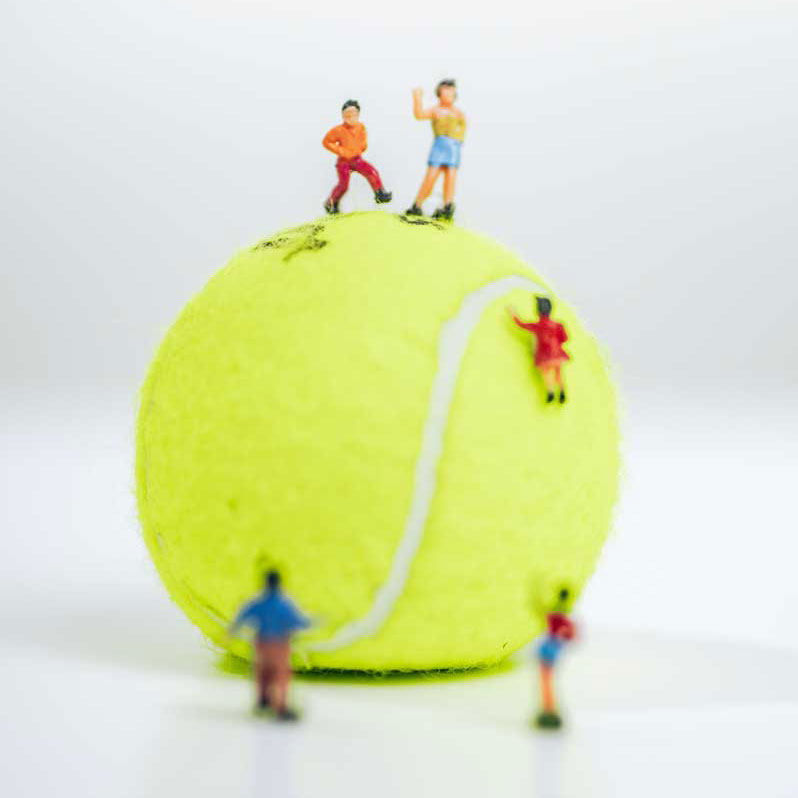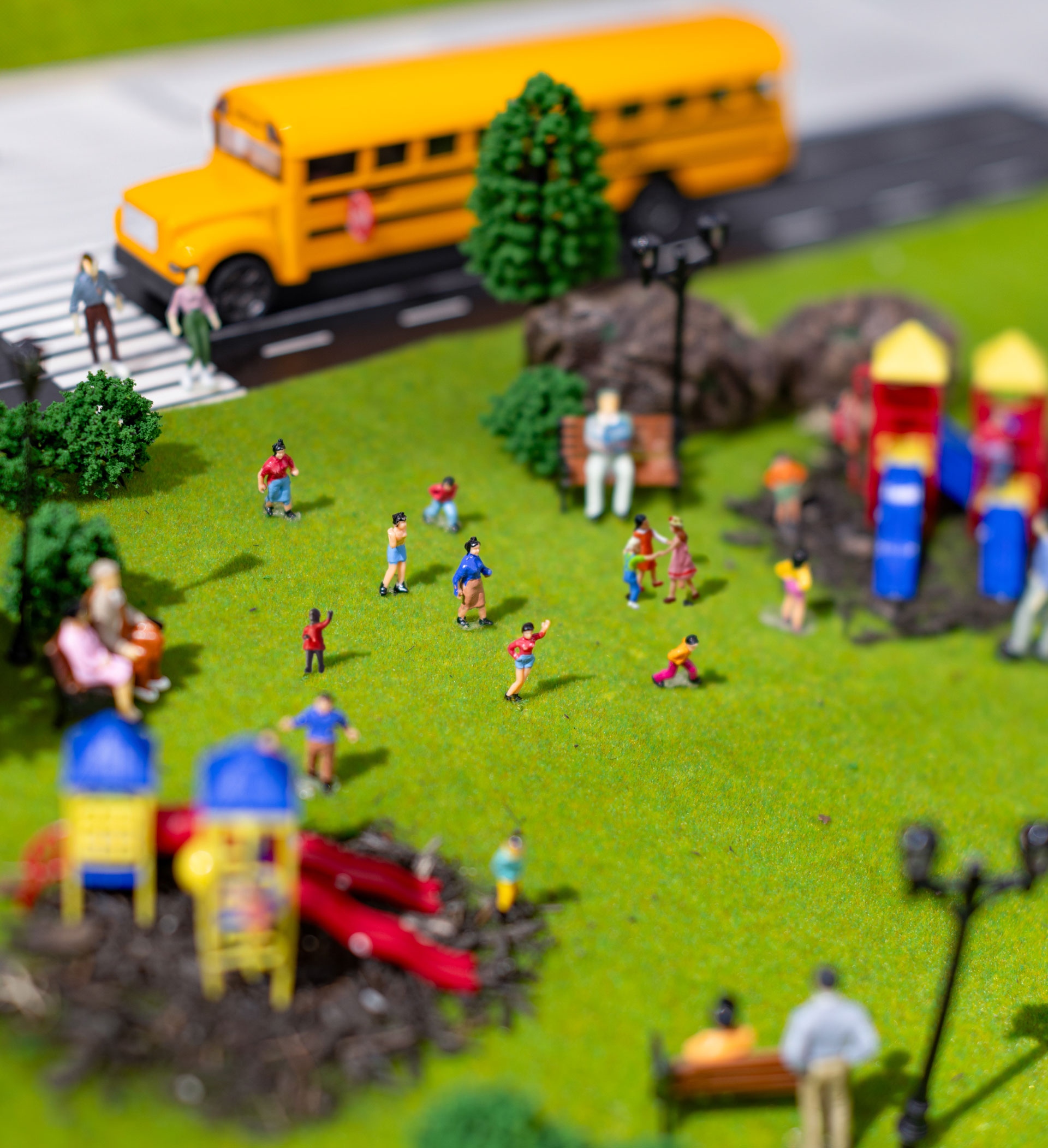Recess has long been a cherished part of the school day, and memories made on the playground are often what we recall the most from our early days.
But in recent years, unstructured play has quietly been eroded. That age-appropriate freedom that children crave and need — the chance to imagine, explore and socialize on their own terms — has become increasingly monitored, scheduled and directed by adults. Whether it’s concern for safety, pressure to maximize academic achievement, or overscheduling extracurricular activities, children today have fewer opportunities to simply play.
The Centers for Disease Control and Prevention report that up to 40 percent of school districts have reduced or eliminated recess since
the early 2000s, a trend largely
driven by the No Child Left Behind Act of 2001, which emphasized maximizing instruction time to raise test scores.
In the 2024–2025 school year, only 10 states mandated a minimum amount of recess for elementary schools, according to the National Institutes of Health. And those
requirements vary considerably.
New York state does not currently have a law requiring daily recess, despite the proven positive effects on student outcomes.
The inconsistencies in recess time also vary by district. Research from the National Library of Medicine shows that students in lower-income schools often receive less daily recess than their peers in higher income schools, and data shows students of color have historically had less access to recess. These disparities highlight how a student’s location and family income directly shape their access to play.
Research shows play is essential to healthy development.


In 2023, the American Academy of Pediatrics stated recess is a “crucial and necessary component of a child’s development” that promotes physical, social and cognitive growth and performance.
“Kids learn best through play,” said Maria Gonzalez, a school psychologist and member of the Rochester Teachers Association. “They learn how to share without being told, how to negotiate, how to problem solve, how to consider other alternatives and viewpoints. These are things children need to develop the skills that are necessary for academic gains in the future.”
Gonzalez noted younger children especially need a break from their desks for their own health and well–being. “Their little bodies are not meant to sit all day. They need to move and get that energy out of their system. After recess, they come back sweaty, tired and just happy with smiling faces. You could tell they needed that to come back and be ready to sit down and learn.”
Engaging in physical play boosts learning, reduces stress.
The CDC reports that physically active students tend to have better grades, attendance and test scores.
“Physical activity gets your brain ready to learn by increasing oxygenation in your blood,” explained Gonzalez. “It helps kids concentrate better, improves their memory and helps their ability to focus. And physical activity has been shown to reduce symptoms of anxiety and
depression that are rampant right now among our students.”
Jennifer Santosuosso, assistant professor and chair of Dutchess Community College’s Early Childhood Education program and Dutchess United Educators member, added, “for some children, the time they’re outside at school is the only time they’re getting physical movement for their bodies. Being out in nature, touching grass, playing in dirt, doesn’t necessarily happen when they’re at home. We’ve seen the increase of being on iPads and cellphones when they’re not in school.”
Unstructured play builds social skills, connection.


Educators, mental health professionals and parents are pointing to social media addiction as a formidable detractor of precious playtime and an inhibitor of real-life social interactions.
A study from Common Sense Media found children aged 5 to 8 spend an average of 3.5 hours a day looking at screens. More than half of children under 8 have their own phone or tablet.
“I hear from so many people that children don’t even know how to play anymore because of so much screen time — well, it’s a skill they have to develop,” explained Mohonasen Teachers Association President Liesha Sherman.
Sherman said she believes all children need unstructured playtime during the school day, and during her local’s next contract negotiation she’ll be advocating to get 40 minutes of guaranteed lunch/recess time for both elementary schools in her district.
“I think it’s so essential that they have time when they can make their own choices and decide what they’re going to play and who they’re going to play with,” said Sherman.
Recess also gives children the opportunity to meet and interact with students from different classes and grade levels. “The socialization that happens on the playground where older children can be leaders and younger children have kids to look up to is huge,” Santosuosso explained.
Playing is how kids learn.
Playtime and recess are essential to young children’s cognitive development and are directly connected to their academic outcomes. Through play, children practice and strengthen critical skills — such as problem-solving, decision-making, leadership, creativity and curiosity — that form the foundation for effective learning in the classroom. Play isn’t just a break from formal instruction, it’s a powerful and natural way for children to learn, explore and make sense of the world around them.
A 2009 study published in Pediatrics examining 11,000 third graders showed that children who received more than 15 minutes of recess daily showed better behavior in class than those who got fewer than 15 minutes.
“Learning doesn’t mean there has to be a pencil and paper and a child sitting at a desk,” Santosuosso said. “Let’s say a child is playing independently at an easel using red, yellow and blue paint with a large brush. They’re developing fine and gross motor skills. They may be learning literacy skills. When they mix those colors, they’re learning cause and effect, which is science. Let’s say they’re building with nesting cups and gemstones. They’re actually problem-solving, developing fine motor skills, and perhaps learning sorting. Then let’s say a peer comes and sits down with them. Now there’s a social piece to this activity.”
Play is a child’s right, not a privilege.
Study after study shows children who are deprived of recess suffer negative impacts including worsened behavior, reduced focus, poorer physical health and damaged self-esteem.
It’s part of why Sherman is advocating for guaranteed recess time in her district, “I don’t think it should ever be taken away as a form of discipline because often times the kids who need it the most are the kids who lose it.”
Santosuosso agreed, “To use recess as leverage, I feel like it’s a crime. I don’t think recess should ever be something taken away from a child; it should be a child’s right to participate in active outdoor play every single day.”
What NYSUT is doing:
At NYSUT, we believe our youngest learners should have at least 30 minutes of protected recess time every day. Because as Mr. Rogers taught us, “play is really the work of childhood.”
In May, NYSUT joined education leaders, lawmakers, parents and students at the New York State Capitol to highlight the power of unstructured play and promote legislation aimed at making recess a daily priority in schools.
At the time of publication, we are awaiting Gov. Kathy Hochul’s signature on a bill sponsored by Sen. James Skoufis that calls for a statewide study of recess practices in grades K–6. The goal is to identify gaps and disparities in recess time and ensure all students have access to meaningful daily play.
In the meantime, we need to hear from you.
Please take our brief survey at nysut.cc/playsurvey to help our policymakers understand the real impact of unstructured playtime on children’s learning and development.